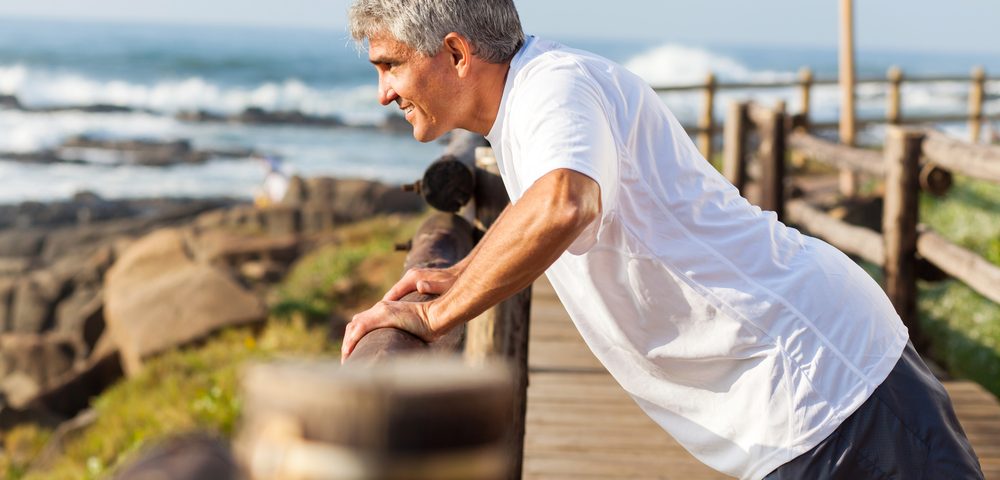A home-based pulmonary rehabilitation program helped to improve the physical activity and overall clinical status of adults with non-cystic fibrosis bronchiectasis, who had low physical activity levels before the program, a small study reports.
The study, “The Effect of Pulmonary Rehabilitation on the Physical Activity Level and General Clinical Status of Patients with Bronchiectasis,” was published in the journal Turkish Thoracic Journal.
Pulmonary rehabilitation has been shown to reduce the rate of acute exacerbations, or a sudden worsening of symptoms, and improve exercise tolerance and overall health-related quality of life in patients with another lung disease called chronic obstructive pulmonary disease or COPD. However, only a few studies have addressed its potential to improve symptoms in non-cystic fibrosis bronchiectasis patients.
In the study, researchers investigated the effects of a pulmonary rehabilitation program on the physical activity and general health of 19 adults with non-cystic fibrosis bronchiectasis. The patients, with a median age of 48 years, were asked to follow an exercise program at home for four days a week over two months. The program included breathing exercises, training in pulmonary hygiene techniques (postural drainage, percussion, and huffing), peripheral muscle strengthening, and walking without assistance.
Pulmonary hygiene is a way to clear the airways by performing different exercises, including postural drainage which involves positioning the body so that gravity can help drain mucus out of the lungs — this can be achieved alone or with the help of devices to create a vibration in the lungs to break up mucus. Another technique is chest percussion where a mechanical device is used to tap the chest repeatedly and in this way, help to break up thick mucus so it can be expelled more easily.
Physical activity levels were measured using the six-minute walk test (6MWT); tests for pulmonary function and respiratory muscle strength; the International Physical Activity Questionnaire (IPAQ); and tests to measure quality of life and symptoms, namely the Saint George Respiratory Questionnaire (designed specifically for patients with respiratory diseases), and the modified Medical Research Council dyspnea scale.
Results revealed that physical performance improved somewhat after the program, as shown by increases in 6MWT distances and respiratory muscle strength, and a decrease in dyspnea (shortness of breath) scores. However, none of the increases reached statistical significance, the study noted.
Pulmonary function test results showed an overall worsening after the program, and there were minimal increases in the Saint George Respiratory Questionnaire quality-of-life scores.
However, when analyzing the different subcategories involving physical activity, researchers saw statistically significant improvements in walking (from a score of 146 to 362.13 in IPAQ) and total physical activity parameters (from 304 to 870.68).
The proportion of patients initially in the low physical activity group (14 patients or 73%) decreased (to eight patients or 42%) after the program. The proportion in the moderate activity group increased from five patients (26%) at the beginning to 10 (52%) after the program. No patient reached high physical activity scores initially, but one patient did after the program.
The team concluded that “the majority of patients with bronchiectasis have a low level of physical activity,” but that a home-based pulmonary rehabilitation program may help improve their physical activity level and overall clinical status, especially if these programs are not possible at healthcare centers.
Furthermore, the team said that “awareness of (pulmonary rehabilitation) should be increased in all physicians dealing with bronchiectasis patients, particularly in pulmonologists.”

